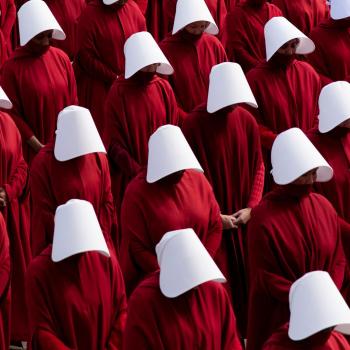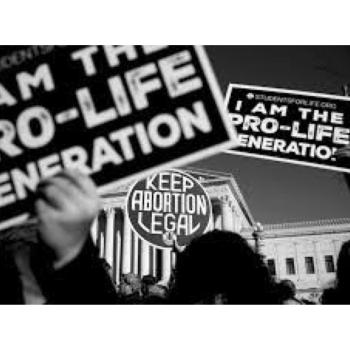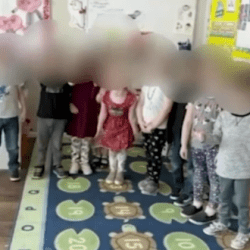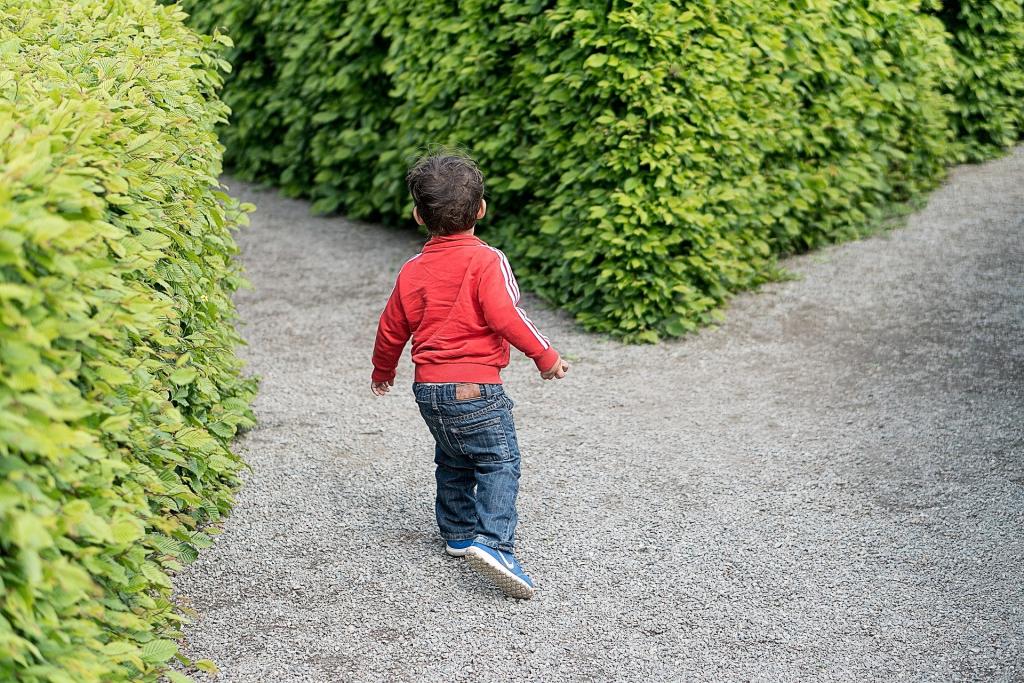
I am acrimonious right now.
I have been in a debate this afternoon with a couple of readers of an article I wrote last week and those discussions have my dander up. When that happens, I normally take to the keyboard and work out my thoughts—so here I am.
The article, titled History is Watching Us and Taking Notes, is a passionate essay that lays out the reasons why I finally decided I speak out publicly in opposition to the direction our country is headed in the era of Donald Trump. Each point I made was driven home with the fact that I want to stand on the right side of history. I want history to record my resistance to the policies I find to be in complete opposition to American and Christian ideals.
A couple of self-proclaimed historians took me to task about that article. They tried to tear down my very premise and claimed that there is no such thing as a right or wrong side of history.
Here is one of their claims…
There is not now, nor has there ever been, anything like ‘the right side of history’. Doing history is an act, performed by the historian, of interpreting the past through its available artifacts, which become the historian’s evidentiary basis for making his claims. History is NOT THE PAST, but what we SAY about, our interpretation of, the past.
I get it – you don’t like these guys. Trump’s a fascist, Pence a neanderthal, etc, etc. Fine. But leave ‘history’ out of it. Like President Obama, you have no idea what you’re talking about on this subject. There IS NO RIGHT SIDE OF HISTORY.
On some level, I understand what these guys were trying to say. They were trying to be “smarter than the room” and call me out for attaching my bias and my passion to history. They were trying to reduce the subject of history to an objective science. But, frankly, dispassionate history doesn’t do us much good. If we attempt to completely take out the concept of right and wrong—if we remove all judgment from our understanding of the past, then it’s nothing but a timeline of events. If we strip history of all moral responsibility then we rob it of its lessons and, to me, the lessons are the most crucial part.
I’m not claiming we need to judge people of the past based solely upon our modern day cultural norms—of course we can’t do that. Times do change and, hopefully, humans get better at being humans. But a big part of that process is learning from mistakes. What are mistakes if not the wrongs of history? We don’t get to choose what era of history we live through but we do choose how we interact with it. Throughout history, people who have lived under the regimes of rulers who have taken them in the wrong direction have been faced with three basic choices; give in and join forces, try to ignore it, or resist. History tends to smile on those who resist and isn’t as kind to those who make the other two choices.
History is just a series of connected events, one person or thing influences another, for better or worse, and then something else happens as a result. People can be influenced for the good or for bad. Adolf Hitler was was influenced by “wrong side” of American history. Hitler greatly admired Andrew Jackson, particlularly Jackson’s Indian removal policies. That influence found its way into Hitler’s diabolical plan to illimanate the Jews. Perhaps this is why President Trump’s decision to hang a portrait of Andrew Jackson in the Oval Office raised more than a few eyebrows.
Of course, many millions of people have been influenced by the “right side” of American history and have gone on to make positive contributions. Often, resisters taking a stand for what is right spread their influence the farthest. I am reminded of all the good people working, often at their own peril, to effect positive social change—the abolitionists—the labor reformers—the suffragettes—the Civil Rights workers—the list goes on and on of folks who made a decision to stand on the right side of history and became the engines of progress.
Don’t tell me there is no right and wrong side of history.
When I was gathering my thoughts about how to addresss this topic, one indelible image kept burning into my brain. It is an image that has haunted me since the first time I saw it when I was a boy. I am referring to the infamous photograph of the lynching of Thomas Shipp and Abram Smith in 1930.
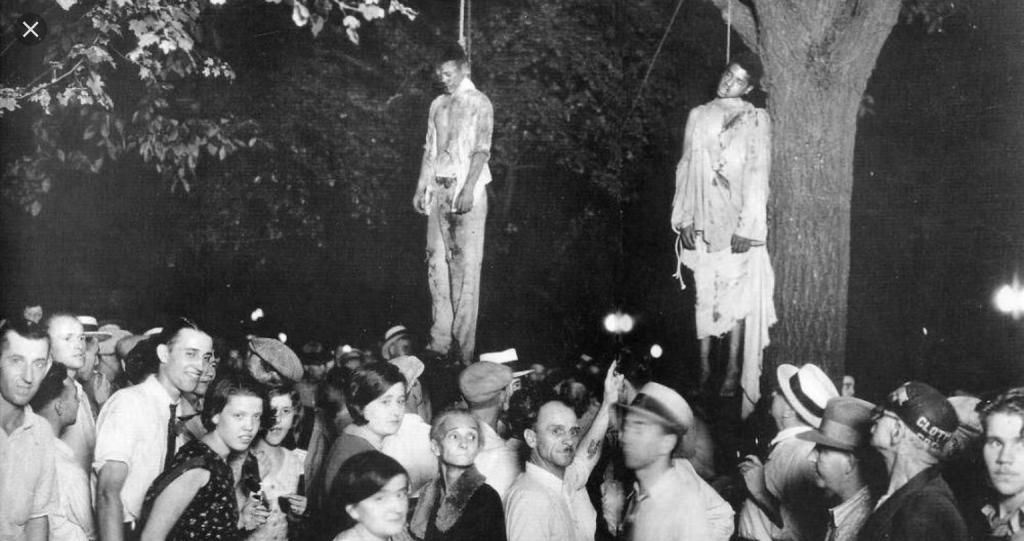
I don’t recall exactly how old I was when I first saw that picture, but I’m certain I was no more than a young teen. I suspect it changed my life. I was struck by this image on many levels. First of all, the event took place in Marion, Indiana—less than 20 miles from where I grew up. That added level of realism to the story for me as a kid. I could leave my house and be at that very spot inside of a half hour. Another aspect that hit home to me was that the event happened so recently in history. Even as a teen in the 1980s, it wasn’t lost on me that those two young men hanging from that tree–had they not met that terrible fate–might very likely still have been alive and that many of those white people gathered around and posing before the pendant corpses were likely still alive when I first encountered that sickening image. I can remember thinking that my own grandfather would have been 20 years old when that event happened and, were he of a different mindset—thank God he wasn’t—he could have been a member of that ghastly mob. Even as I write this it occurs to me that there are likely hundreds of people who look upon that image today and spy their own parents, grandparents, aunts or uncles.
I wonder what they think as they gaze upon their kinfolk forever recorded standing on the wrong side of history.
The younger generations are watching us closely right now. They will be influenced by us for better or worse.
History is watching, too.
Where will it find us standing?



